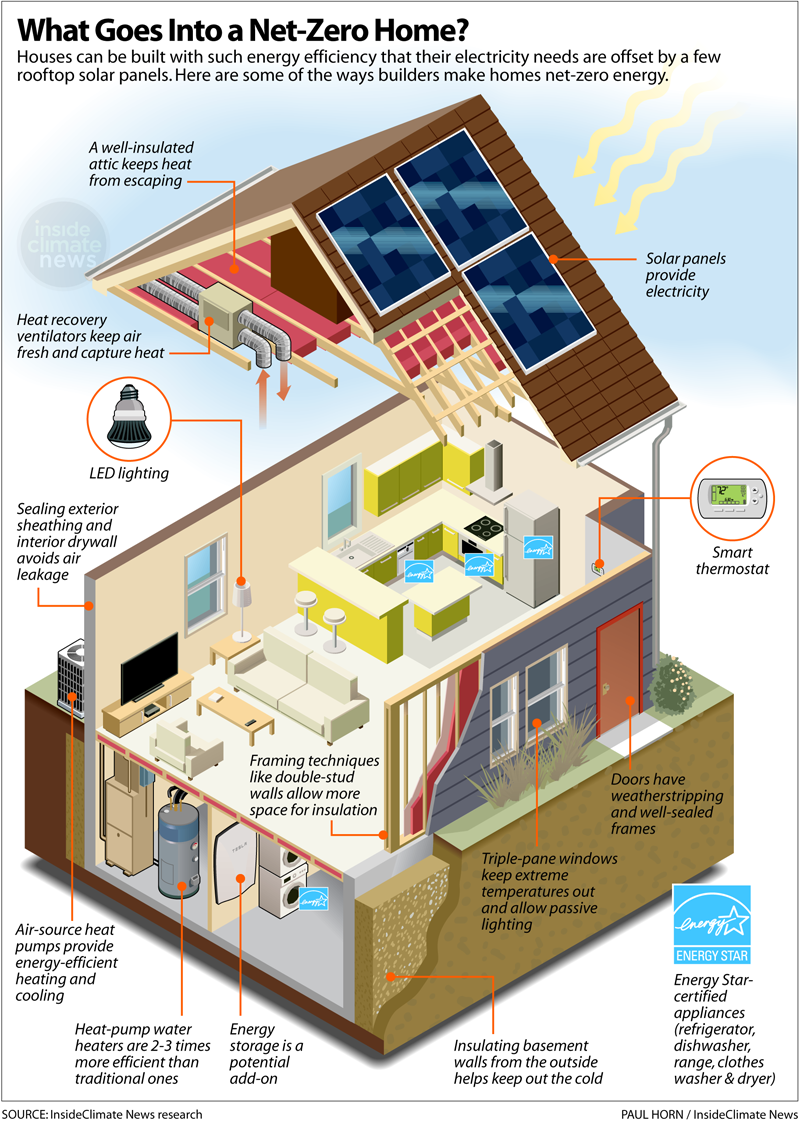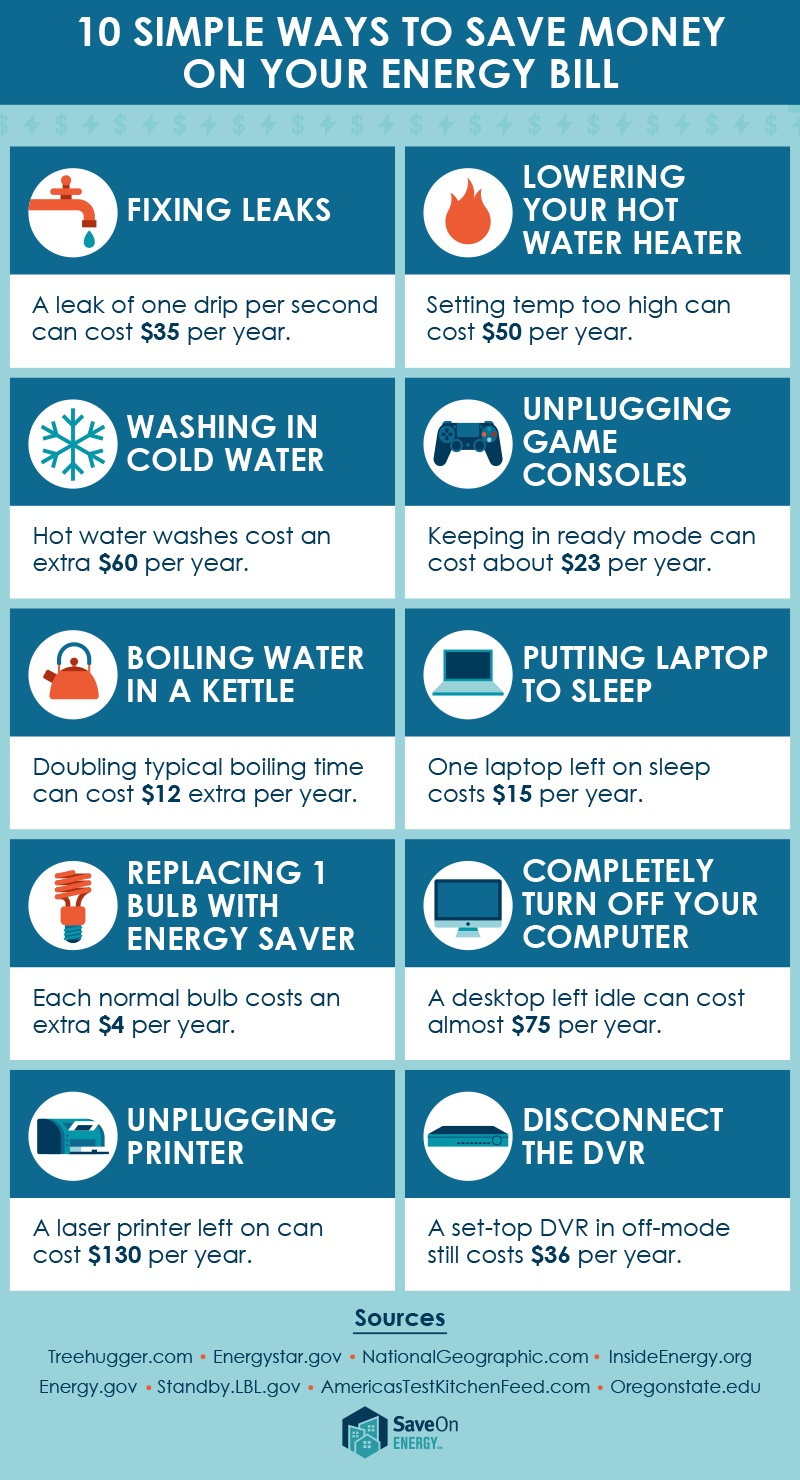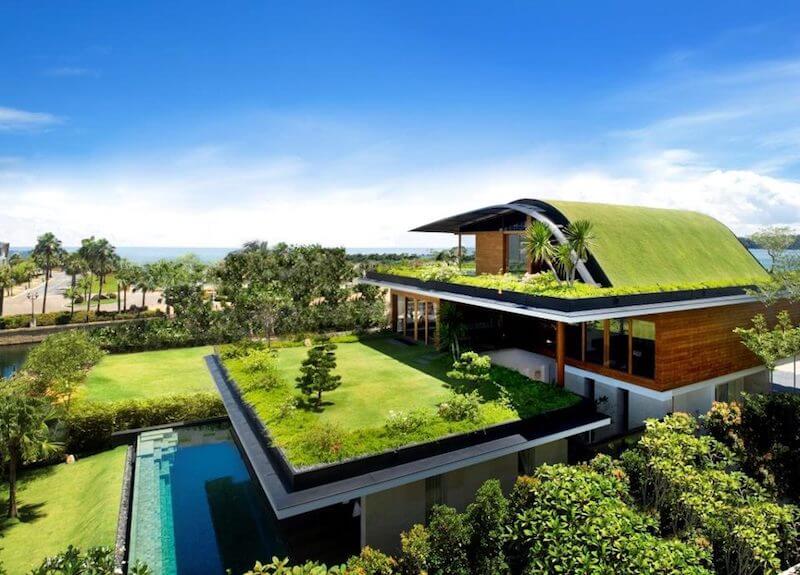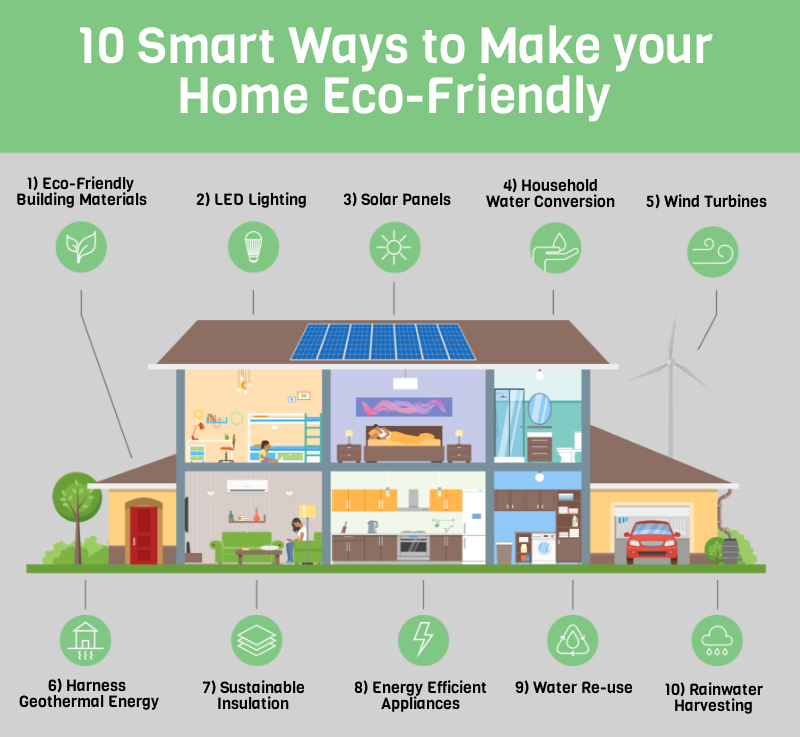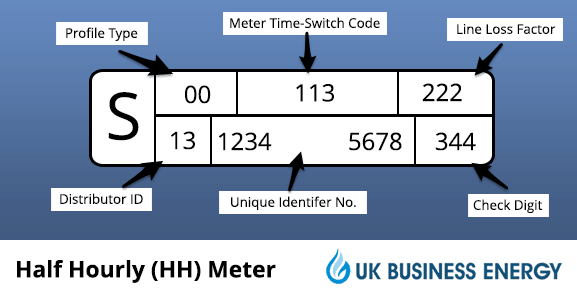Building your own home has become more popular than ever since people have come to realise that they will save a lot of money if they carry the project out successfully. Of course, when we refer to building your own home we are talking about project management rather than getting your hands dirty with every part of the construction.
Another big advantage of designing and building your own home is that you get exactly what you want when it is finished,
This article is dedicated to eco-friendly features that anyone can include in their houses, and wise people consider them at a very early stage of the planning.
Passive Design
Passive design works on the principle that the house will maintain a comfortable temperature throughout the year without the need for high consumption of fuel for heating and cooling. There are several ways to achieve it.
-
Orientation
-
Thermal insulation
-
Draught proofing
-
Triple glazing
-
Passive heating
Orientation
Choose the land and the orientation of the building carefully and follow these tips closely. Thanks to increasing land sales, it is easy to find the perfect plot for your new home. Place your house in the most suitable spot for your needs. Solar panels, for example, work best if they are facing the sun all day. In the northern hemisphere, south facing roofs are preferable, while, in the southern hemisphere, the sun is found to the north.
Related Post: Should I Install Solar Panels?
Thermal Insulation
Insulation works in two ways; it keeps the heat in during cold weather, and keeps the house cool during hot weather. Ideally, the temperature is best kept constant all year round without the need for heating or air conditioning. It is possible to achieve this with lots of insulation. Houses that are kept warm just from body heat have roof insulation that is more than four feet thick and walls that have at least twelve inches of insulation built into them.
Draught Proofing
A well insulated home must have no draughts. Modern uPVC window and door frames come with high quality seals to prevent any air leakage. In the most efficient houses, doors operate through an airlock system so that there is never a door open to the outside.
Triple Glazing
Triple glazing was developed for countries with cold climates, but they work well anywhere in the world. They are well suited for maintaining the temperature inside a heavily insulated home. Often it is the windows that are problematic for zero carbon houses.
Passive heating
Even on the coldest days, water can be heated by sunlight. Heat collectors sealed in vacuum tubes on the roof, give hot water even in sub-zero temperatures. The same principle is applied to air heaters too. A black solar heat exchanger absorbs sunlight and heats the air which is then transferred into the building by convection, or by small fans powered by batteries that charge from the solar panels on the roof. This system is quite ingenious.
By considering how efficient your home will be at the design stage, it is highly likely that the money saved in heating and cooling bills will cover the cost of the extra features within five years. From then on, your home will be a very cheap place to live. Homes such as this are desirable, and their prices reflect it. They are the way of the future, so embrace it and reap the rewards.

